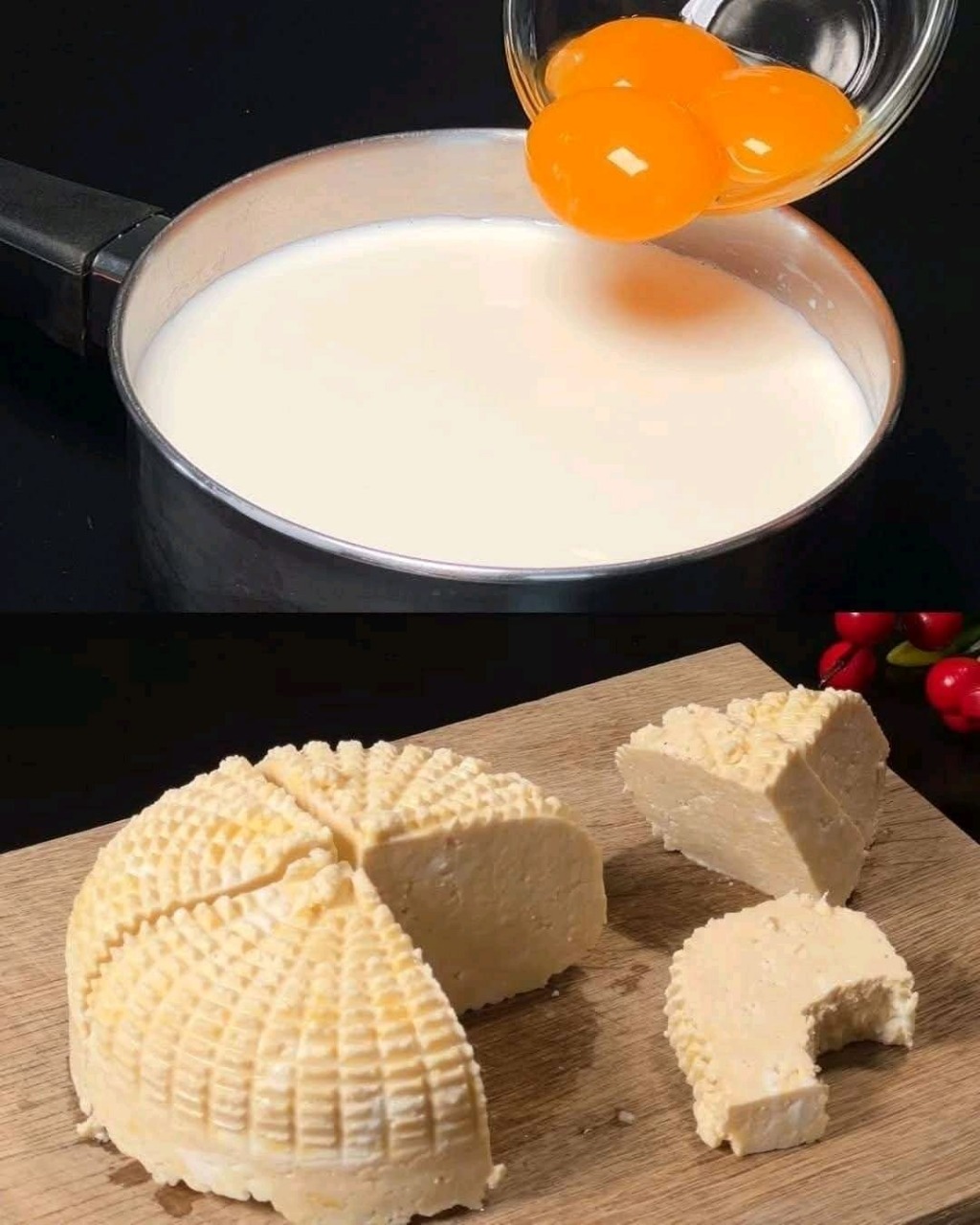ADVERTISEMENT
**Homemade Cheese Recipe: A Step-by-Step Guide to Crafting Your Own Cheese at Home**
Cheese is one of the oldest and most beloved dairy products enjoyed by people all over the world. From the mild, creamy texture of a mozzarella to the rich, tangy taste of a well-aged cheddar, cheese plays a crucial role in many of our favorite dishes. But have you ever considered making cheese at home? Crafting your own cheese can be a rewarding and creative experience, allowing you to control the flavors, textures, and even the type of cheese you produce.
In this article, we will explore the process of making cheese at home, offering a detailed guide to creating a simple homemade cheese recipe. We will go through the steps, tools, ingredients, and techniques required to make your very own cheese from scratch. Whether you’re a beginner or an experienced home cook, this article will help you dive into the world of cheesemaking and discover the joy of creating this age-old dairy delicacy right in your own kitchen.
—
### **The Basics of Cheesemaking: Understanding the Fundamentals**
Before we dive into the specifics of the homemade cheese recipe, let’s first explore the basic process behind cheesemaking. Making cheese is an ancient art that transforms milk into a wide variety of different textures and flavors through the processes of curdling, draining, pressing, and aging. The key to successful cheesemaking is understanding the transformation that takes place in the milk.
#### **1. Milk as the Foundation**
Cheese starts with milk. The quality of the milk plays a significant role in the final product. While cow’s milk is the most common milk used for cheesemaking, you can also use goat, sheep, or even buffalo milk, depending on the cheese you want to create. Fresh, whole milk is typically preferred for homemade cheese, as it contains the right balance of fat and proteins to form a proper curd. Some cheesemakers may also choose to use pasteurized milk, though raw milk can offer a more complex flavor profile.
#### **2. The Role of Acid and Rennet**
The two most important ingredients in cheesemaking are acid and rennet. Acid is responsible for curdling the milk, while rennet helps solidify the curd into a firm texture. Acid can come in the form of vinegar or lemon juice, while rennet is an enzyme that can be sourced from either animal or vegetable sources. Some cheeses require only acid to curdle the milk, while others may need both acid and rennet for proper curd formation.
#### **3. The Process of Curdling and Cutting**
Once the milk is heated and acid is added, the milk begins to curdle. This means that the milk separates into curds (solid) and whey (liquid). The curds are then cut into smaller pieces to help expel the whey and begin the transformation into cheese. The size of the curds affects the texture of the cheese: larger curds tend to result in softer cheeses, while smaller curds are used for firmer cheeses.
#### **4. Draining and Pressing the Curd**
After the curds are cut, the whey is drained away, leaving behind the curds. In some cases, the curds are gently stirred or heated to help expel more whey. For some cheeses, the curds are placed into a cheese mold and pressed to remove excess liquid and compact the curds into a solid block.
#### **5. Aging the Cheese**
Once the curds are properly formed and drained, the cheese can either be eaten fresh (such as in the case of ricotta or mozzarella) or aged for a longer period. Aging, or curing, is an essential step for many cheeses, allowing the flavors to develop and the texture to firm up. The cheese may be stored in a controlled environment such as a cheese cave or refrigerator, where it will undergo fermentation and maturation.
With this basic understanding of cheesemaking, let’s dive into a simple, beginner-friendly homemade cheese recipe.
For Complete Cooking STEPS Please Head On Over To Next Page Or Open button (>) and don’t forget to SHARE with your Facebook friends
